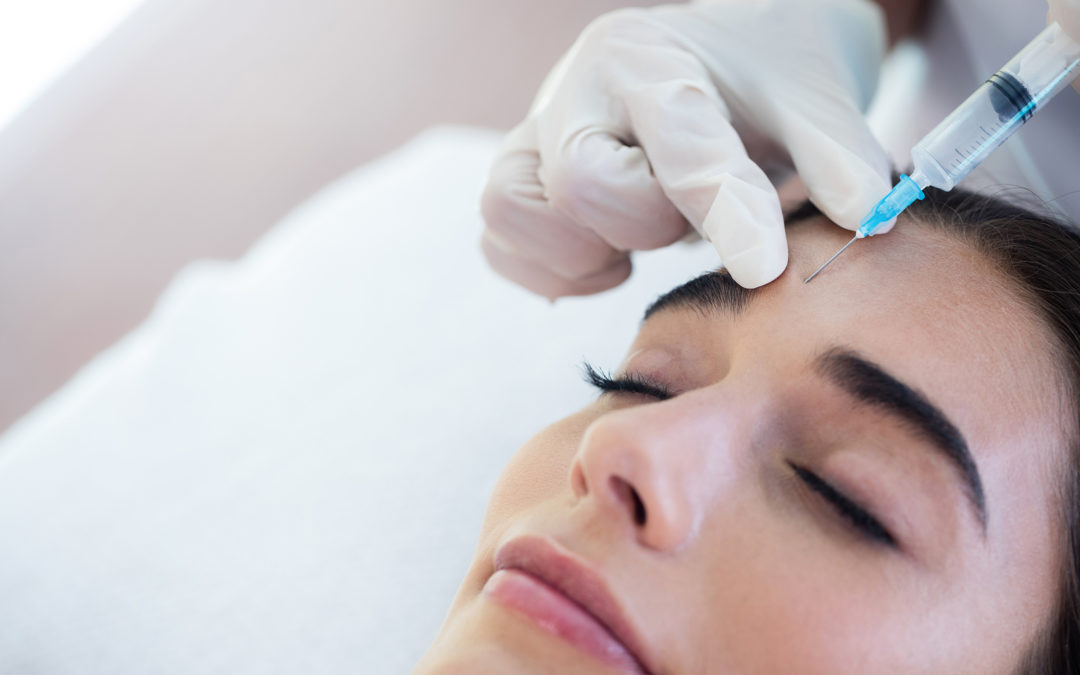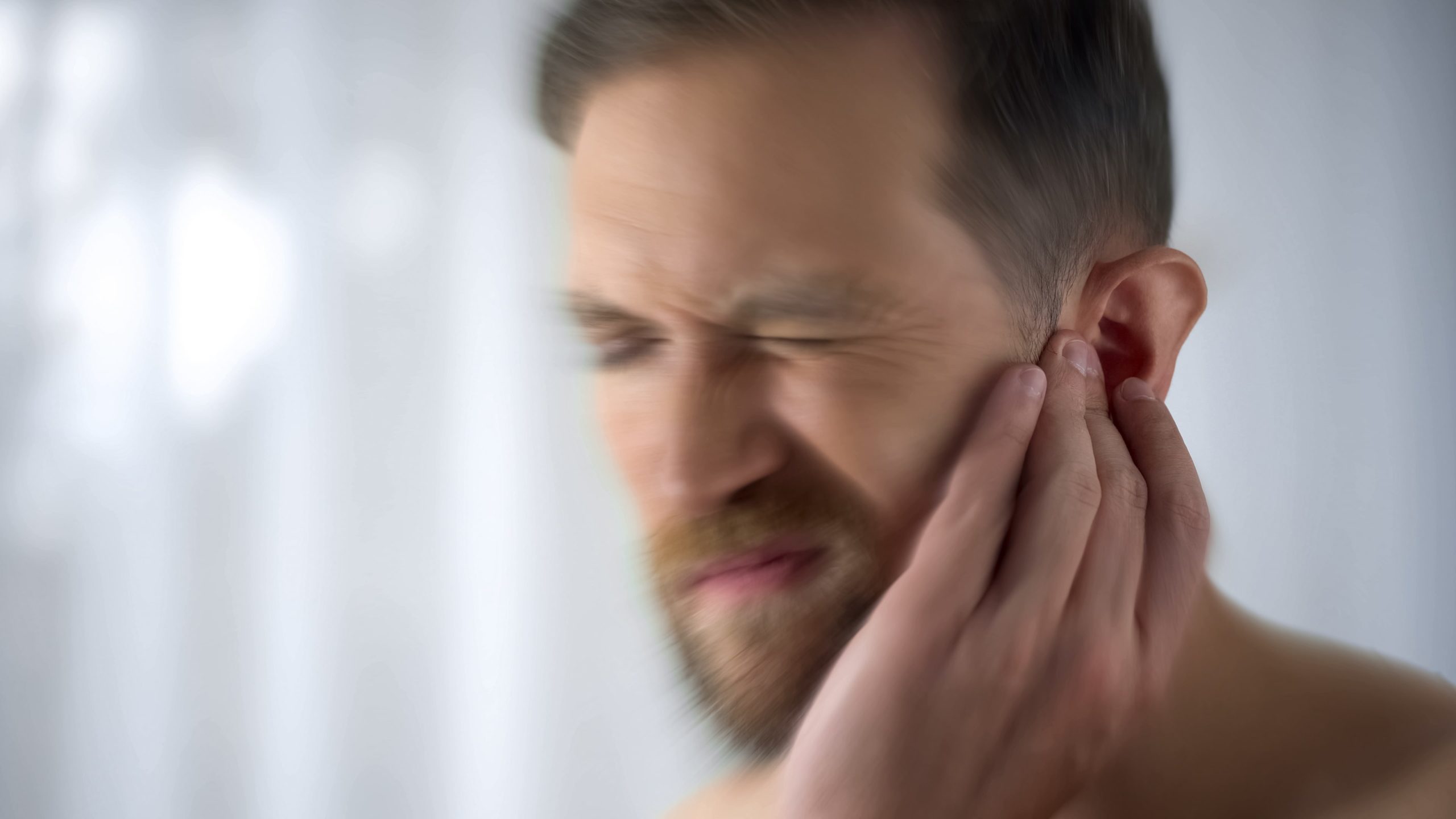When you get frequent migraine headaches, your first impulse might be to pop some pain pills. While that may provide some temporary relief, the problem may still exist and lead to another migraine.
The truth is no one actually knows the exact cause of a migraine. There can be several triggers associated with headaches (including stress at work). Head and neck pain from TMD is a common contributing factor.
Although the exact cause of a migraine may remain a mystery, there are treatments, including botox, that have shown positive results in treating the symptoms.
Let’s examine how you can safely use botox for headache relief.
Is Botox Safe?
The short answer is yes – when used properly. There have been some health concerns in the past about botox. These concerns center around the possibility of botulism leading to temporary muscle weakness from ingesting improperly preserved foods.
However, when botox is used for clinical purposes the bacteria and other potentially harmful substances are removed. The amount of botox is also within safe levels to prevent botulism from occurring.
There are variations of botulinum toxins that are approved by the Food and Drug Administration. Botox is on the FDA approved list for chronic migraine treatment. You can also use regular medications without the risk of negative drug interactions.
Using Botox For Headaches
While botox is more popular for cosmetic purposes to prevent wrinkles, it can also be used therapeutically to help with headaches.
Botox is recommended for those that suffer migraines 15 times or more per month. Botox is injected around pain fibers that are associated with headaches, blocking the release of chemicals that lead to the transmission of pain signals to the brain. Botox can even stop migraines in their tracks before a flare-up.
Botox for headaches works fairly quickly to provide relief. You may notice a decrease in your headache and other related symptoms in as little as two weeks (or two treatments). A recent study shows that using botox to reduce headaches can significantly reduce the amount of pain and cut down on time taken off work as a result.
Headaches and TMD Connection
In some cases, your migraines and headaches might be the result of temporomandibular joint disorders (TMD), sometimes referred to as TMJ that could affect up to 10 million Americans or more.
Pain signals from jaw issues could travel along the Trigeminal Nucleus Caudalis (TNC) nerve and lead to headaches. Once the TMD pain is reduced, the headaches might be reduced as well as a result.
By easing the TMD, you might find some relief from the headaches as well.
Choose an Expert in Botox – Contact AZ TMJ Today!
While botox could be the solution to your migraines, make sure you deal with an expert that has experience properly administering botox for both medical and cosmetic purposes.
To find out more about how botox can help you say goodbye to headaches and migraines, call 480-945-3629 and book a consultation today!



